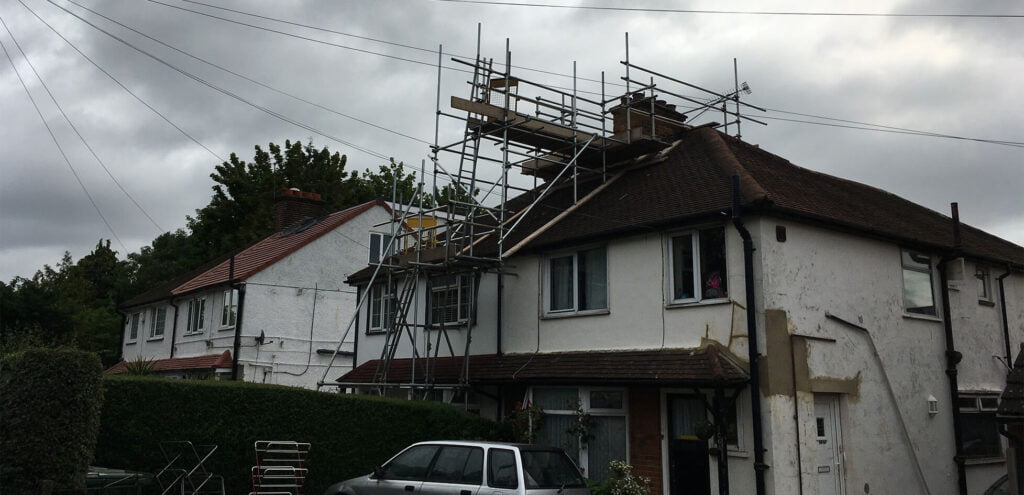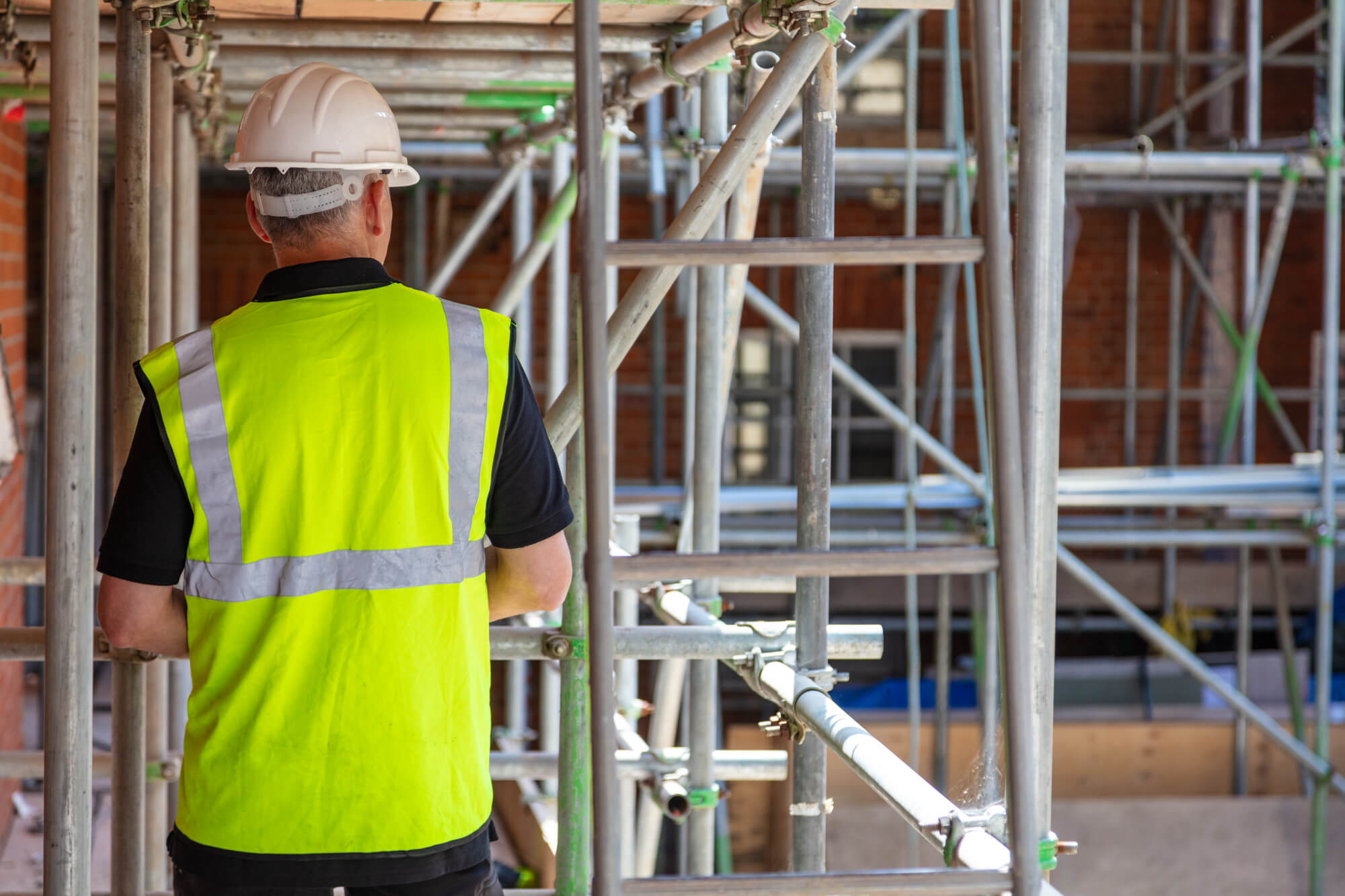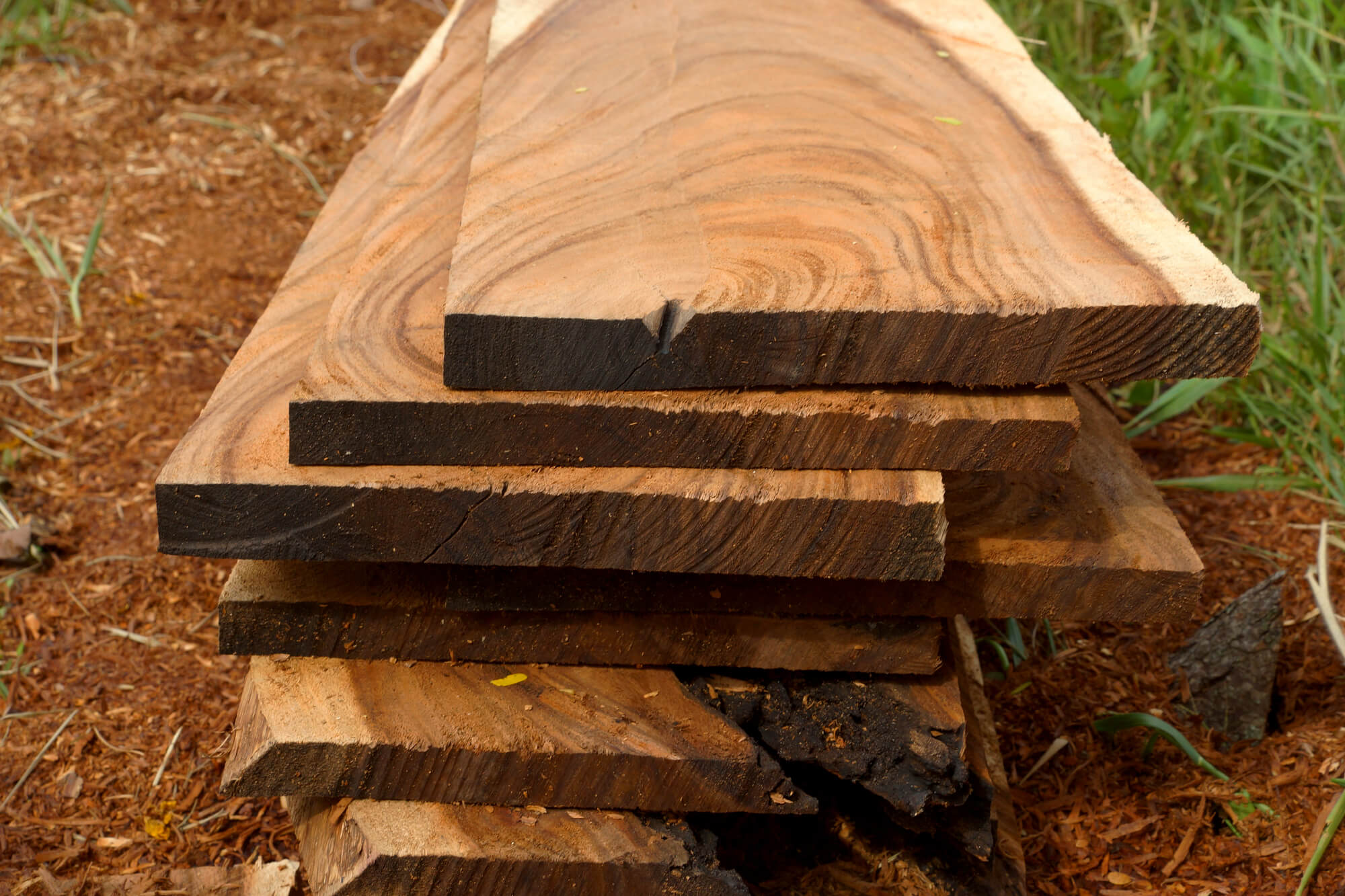To secure scaffolding to a house, you need to tie it to the structure(wall) using tie-in devices or heavy wire. The first vertical tie should be four times the narrowest base dimension at the maximum height while the additional ties are should not exceed 26 feet vertically. The maximum horizontal distance between ties should be 30 feet at most.

After getting scaffolding for your project, you must understand how to secure scaffolding for a house. Using scaffolding is much easier when doing your renovations, house extension, or exterior wall paint job. If you’ve hired scaffolding, most of the time, erection is included in the quotation. What if you are deciding to buy the scaffolding? If so, here’s how to erect and secure scaffolding to a house!
How secure is scaffolding
Scaffolding is designed to be secure and safe as possible and is highly recommended against using ladders while doing long-term projects. This is because of the wide working platform they offer and its stability.
However, about 4500 people get scaffold-related injuries and 50 lives due to the same. Although many people consider scaffolding a safety measure, it is essential to note that there may be instances where it is not as secure.
The use of scaffolding is advised against adverse weather conditions such as rain, storms, and wind. Although a scaffold might be secure, the rain could cause a slip and fall; extreme winds make the scaffold shaky.

Should scaffold boards be secured?
Absolutely yes! You need to ensure that scaffold boards are secured. This is to guarantee safety and steadiness to those using the scaffolding. Scaffold boards are important in scaffolding as they hold the workers and equipment and give them a working platform.
Securing scaffold boards help in extreme weather conditions such as rain, extreme heat, snow, or wind. However, one is not advised to work under such conditions for prolonged periods.
How to secure scaffold planks
One way to secure scaffold planks is by using couplers, clamps, and toeboard clips. There are other methods of securing a scaffold plank, and most of them depend on the plank length. The recommended thickness of a scaffold plank is 38mm.
If you use couplers and clamps, they are secured on the horizontal frames in the scaffold structure.

The other method you can consider is using small ropes. In this method, the diameter rope is passed between each board and then over the adjacent board. The ropes are used under the plank boards to ensure they don’t cause tripping hazards. It is used to ensure that the scaffold performs even in extreme weather.
How do you secure a stepping ladder?
One way to secure a ladder is to use a ladder anchor to attach it to the wall. The safety strap from a ladder anchor gives off enough tension such that the ladder cannot move further from the wall, ensuring stability. This works in securing the ladder both at the top and bottom.
Even though it’s possible to secure a ladder, it’s against safety measures because there are very high chances of slipping and injury. You can only secure a ladder from the ground. The other measures you can take to ensure your ladder is secure is by ensuring that your surface is even.
If you’re working on not-level surfaces, using a levelling mat is recommended to ensure the ground level is even. This prevents any form of bending that could result in falling.
How do you secure a scaffolding ladder

Safety is paramount when using scaffolding and one way to ensure this is by securing your ladder to the scaffold through square lashing. There’s also the option of using ladder clamps or cable ties to ensure that it’s secure enough.
How to secure scaffolding jacks
Scaffolding jacks are used in cases where a ladder is used on uneven or unsteady surfaces. There are two scaffolding jacks; the side rail ladder jack and the rung bracket ladder jacks.
Rung bracket jacks use two ladders to create a platform for one to use. The side rail is used for a single ladder to ensure no movement after it has been set. The side rail ladder jack is hooked on the railing then the planking is slid on the wall.
There are several ways of securing scaffolding to your house, whichever method you choose, depends on the type of scaffolding you are erecting for your project.